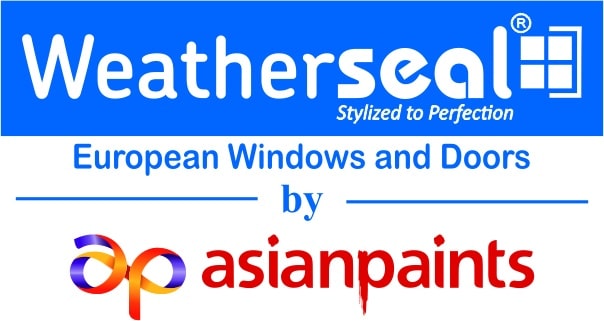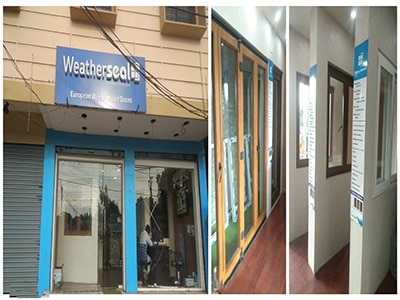Different types of Widows Nizamabad
Windows are available in differing types. The foremost popular ones are sliding, casement, and fixed. uPVC windows are the new normal. One among the common pitches, our team does when chatting with homeowners is, trying to elucidate types of Widows Nizamabad, use cases, and pros cons of uPVC. Pros are 1-easy maintenance, 2-termite resistance, 3-corrosion-free.
The decision of windows purchases springs into the image only towards the end of home construction. From our observation, most owners are pressed against the clock in terms of moving into their new homes. Hence, the choice happens considerably faster than the remainder of the development process. The same is that the case with the budget, due to unseen expenses along the way, homeowners usually put aside a touch allow windows. We hope this uPVC Windows and Doors Manufacturer Nizamabad guide comes in handy for that exact situation in helping make a touch more informed decision.
Sliding, because the name suggests may be a slider that slides left and right. In types of Widows Nizamabad commonest variants being 2Track (2T), 2.5Track (2.5T) and 3Track (3T). A 2T window consists of two panels of glass fitted in an outer frame. A 2.5T on the opposite hand comes with an additional track that sometimes fits another panel for a mosquito mesh. the 2 glass panels (for both 2T and a couple of .5T) slide on rollers to supply a maximum of fifty openings. Either 2T or 2.5T may be a common choice of window for any of three ftx3ft up to 5ftx5ft. In contrast to the above, a 3T may be a rare choice, which is typically opted for in cases of extremely large openings.
The most seen use case is with sliding doors for width and length exceeding 6 ft. for a few of the huge aperture situations, a 2.5T would do, but in other cases, aesthetics demand a 3T for obvious reasons of larger gauge sizes (3T>2.5T>2T). Some homeowners may additionally fancy a third glass panel within the 3rd track of the 3T, making the utmost provisional opening to be a 66%.
The window is that the most aesthetically pleasing that the majority of homeowners should be brooding about. A window is primarily inspired by the normal outward/inward openable wooden windows. The uPVC touch to the present traditional variant only enhances the first look and feel.
There is a right reason why. Consider, all the hardware like hinges and handles that are needed to handle the load of the window for the outward/inward opening capability of a window. That’s where the value adds up.
Another variant to types of Widows Nizamabad, a top-hung window, which is usually recommended for smaller apertures. one of the opposite major advantages of the casement windows is that the utmost openable area is nearly 100%.
The main use of fixed windows is in frame beautification as the name suggests, the windows are fixed. because the hardware required for this sort of window is minimal in comparison to the above two variants, the value is additionally significantly cheaper than sliding/casement variants. A special combination of all two of those three(sliding/casement/fixed) is additionally a standard occurrence, supported specific aesthetic requirements.
That being said, there are often occasional cases where a price/sqft of a hard and fast window might dominate that of the casement/sliding. Consider the fabric consumption for a little fixed vs. an outsized window. A 1ftx1ft fixed window consumes about 4ft of the outer frame, i.e., about 4ft of fabric consumption for 1 sq.ft of output, vs. a 4ftx4ft window consumes about 16ft of the outer frame, i.e., about 1ft of fabric consumption for 1 sq.ft of output. While the worth of the outer frame itself is higher for sliding windows, 400% more material consumption per square footage of output can really change how the costs play out.
We hope this provides a basic outline of types of Widows Nizamabad, a home-owner should be thinking.







